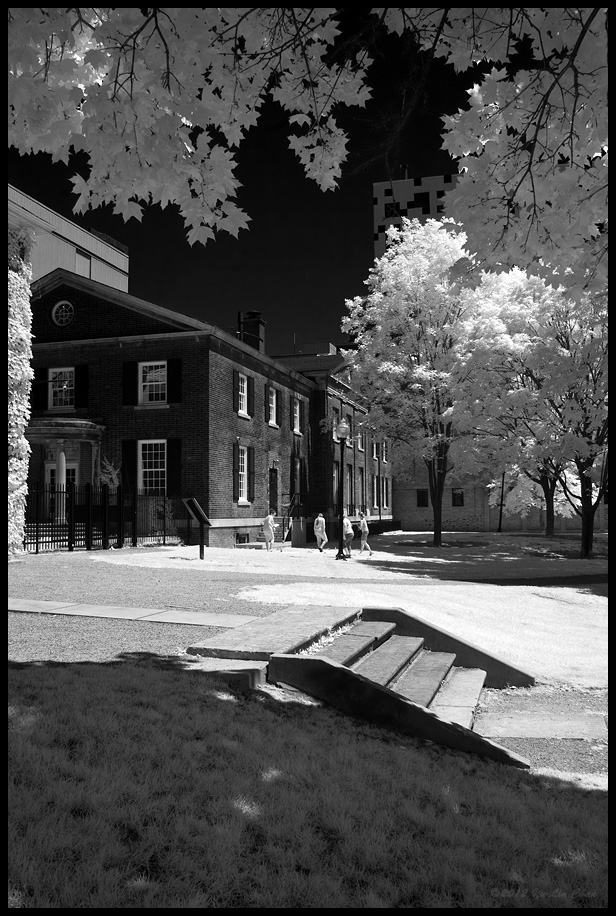You have to hand it to Nikon for the great effort with their recent business direction: delivering desirable new cameras [D800/D800E], exploring new territories [J1/V1], and the up coming affordable full frame camera D600, rumored to have a price tag around $1500. Where is Canon?
If anything, it should be Canon who should introduce the first affordable, in the $1500 range full frame camera. Canon was an innovative and aggressive company that pioneered the camera industry's many firsts: Full electronic lens mount [EF], Image Stabilization [IS] on lenses, Ultrasonic [USM] Motors on lenses, first commercial use of APS-C sized and full frame CMOS sensors, DO optics, first affordable DSLR [Rebel 300D], first affordable full frame DSLR [5D] and more. It's CMOS sensor was the envy of its rivals with ultra low noise and high resolution in its day, while the competition was still using CCD sensors whose low light capabilities were limited. But times have changed.
Nikon was always behind Canon both in low noise and high resolution sensors, but it has turned itself from a follower to a leader since the D3/D700. And now the high resolution D800 that caters to the pros who need the megapixels; the D800E for those who want the ultimate resolution; the J1/V1 to fill the mirroless gap; the imminent introduction of the [hopefully] affordable D600. Meanwhile, Canon has finally given the 5D III the AF it deserved, and with a very small increase in resolution, many expect the image quality and dynamic range of the sensor to be spectacular, but alas, it isn't so.
Since the AF fiasco of the 1D Mark III, Canon seems to have lost their Mojo. Every camera introduced since then has been ho hum with little or no innovation. Sure, the 5D Mark II has been a huge seller, only due to the addition of video in a full frame sensor. The basic camera was nothing spectacular. The fact that it's the only major camera maker that still does not have a mirrorless solution tells us something about how conservative they have become. Canon has become the follower.
For the last few generations of Canon's imaging sensor, there are little or no improvements in image quality and dynamic range. If anything, image quality has gone backwards with the introduction of the 18MP sensor. I owned the Rebel 550D (T2i) and 7D, but I couldn't stand the noisy/mushy image quality at its base ISO, compared to older Canon cameras or other others of the same time frame.
I know I am only a one of Canon's customers, but I am the typical of many Canon users who already own a Canon body and looking for something better than the competition to upgrade to. If I didn't already own so many Canon lenses, I would have been an EX-Canon user two years ago.
It's time for Canon to take control and be the innovative company that it used to be. Wow us with real improvements in sensor design. Create a new market like you did with the original 300D, and step out of the comfort zone, and be a leader. Because, Nikon is eating your lunch. If you don't wake up, it will be all over your dinner table.
Flowers in evening sun -- NEX-5N & Minolta RF Rokkor-X 250mm f5.6.












































